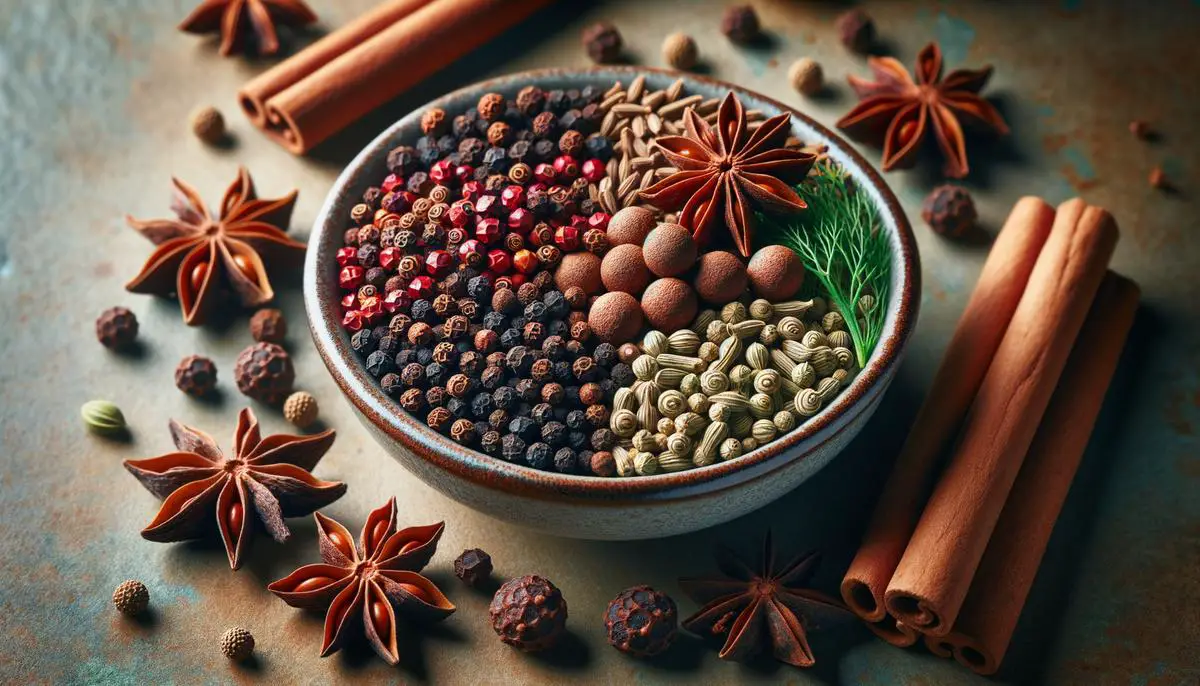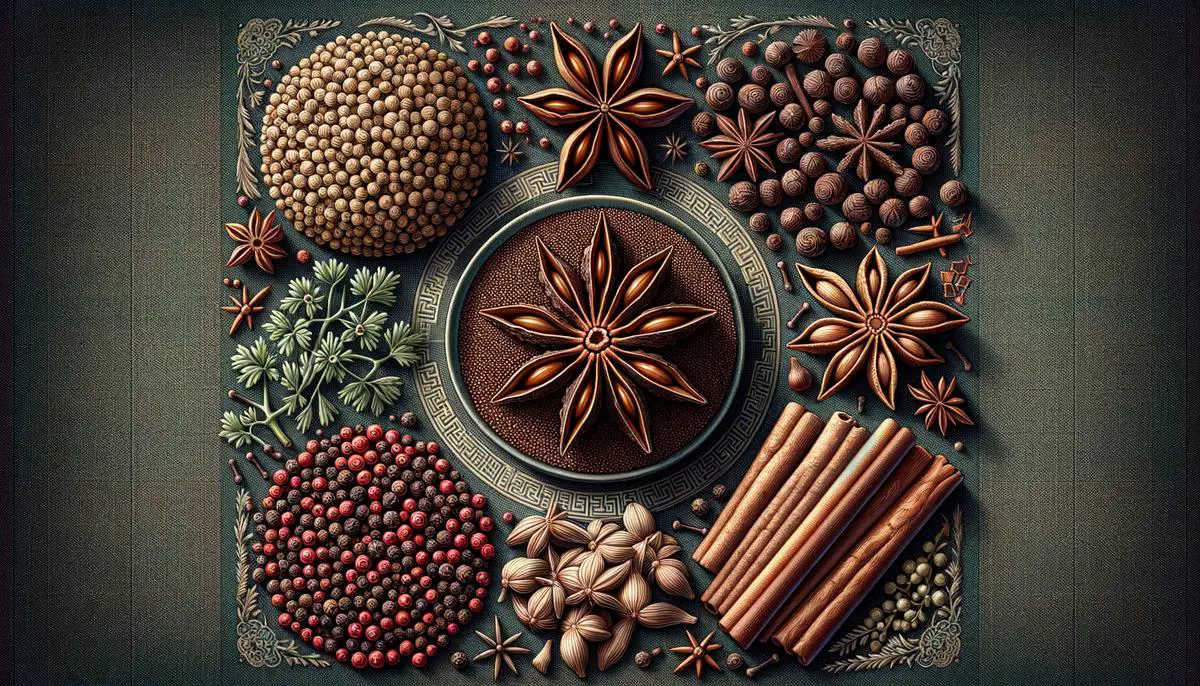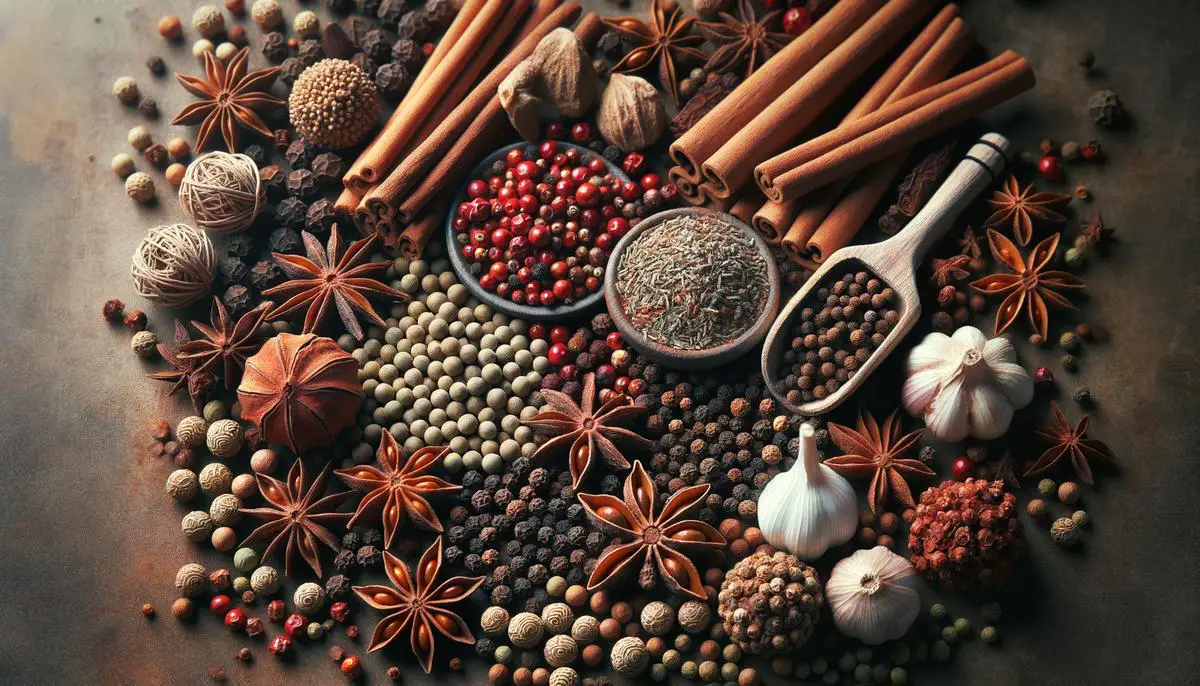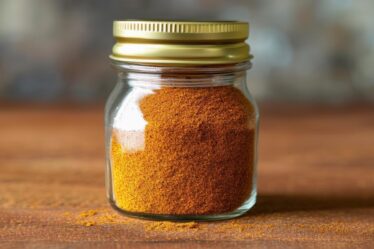
Identifying the Essential Spices
Chinese Five Spice is a blend commonly used in many Chinese and Taiwanese dishes. This aromatic mix brings a distinct combination of flavors to your cooking, and understanding its key components will help you use it effectively.
The five primary spices in this blend represent the five taste profiles – sweet, sour, bitter, salty, and umami. Here's a breakdown of these ingredients:
- Star Anise: This licorice-flavored spice delivers a sweet-sour note to the blend. It's a key component of the mix, offering depth and aroma.
- Fennel Seeds: Fennel adds a slightly sweet hint, often reminiscent of anise but with a milder licorice flavor. It contributes to the blend, bridging the gap between mild and bold flavors.
- Szechuan Peppercorns: Szechuan peppercorns are not overwhelmingly spicy. Instead, they bring a tingling sensation to your lips and create a distinct sensation in your mouth. They contribute a slight lemony tang that's important to the overall flavor.
- Chinese Cinnamon: Often known as cassia, Chinese cinnamon is sweeter and more potent than common cinnamon. It adds warmth and sweetness to the blend, complementing the other flavors.
- Cloves: Cloves contribute a sharp sweetness tinged with bitterness, adding another layer to this complex blend of flavors. They lend the five-spice powder a distinct taste that balances the mix.
While these are the traditional components of Chinese Five Spice, variations exist based on regional preferences or personal tastes. Some might include other ingredients like ginger root or ground nutmeg, adjusting the recipe slightly to cater to different palates or dishes.[1]
Experiment with Chinese Five Spice, whether as part of a spice rub or an integral seasoning in sauces. It can add depth and complexity to your dishes with just a small amount. Knowing what goes into it will help you use Chinese Five Spice effectively in your cooking.

Blending Techniques
Blending your own Chinese Five Spice at home is straightforward and allows for a fresh, vibrant flavor that store-bought versions can't always provide. Here's how you can make your own blend, perfect for adding an authentic and bold kick to your dishes.
What You'll Need:
To make your own Chinese Five Spice powder, gather these ingredients:
- Star Anise
- Fennel Seeds
- Szechuan Peppercorns (or white peppercorns for a milder flavor)
- Chinese Cinnamon (or cassia cinnamon)
- Whole Cloves
You will also need a spice grinder or a usually non-coffee grinder (to prevent coffee flavors from mixing into your spice blend), or a mortar and pestle for a more hands-on approach.
Steps to Blend Your Own Chinese Five Spice:
- Measure Your Spices: Start by measuring equal parts of each whole spice. A good starting point is one tablespoon of each, but adjust depending on your taste preferences and the quantity you desire.
- Toast for Taste: Heat a small, dry pan over medium heat. Add the whole spices (not the powdered ones, if using any substitutions). Toast them lightly for about 1-2 minutes, stirring frequently to prevent burning. This step helps to release the oils in the spices, enhancing their flavors.
- Cool it Down: Transfer the toasted spices to a plate and let them cool for a few minutes. Grinding the spices while they are still hot can sometimes make the powder clump together.
- Grind to a Powder: Once cooled, transfer your spices to a grinder. Grind until you achieve a fine powder. This might take a few pulses depending on your grinder. If you're using a mortar and pestle, continue grinding until you reach the desired consistency.
- Sieve if Necessary: If you want a very fine powder, you can sieve the blend to remove any coarse bits that didn't grind down completely.
- Store Properly: Transfer your fresh Chinese Five Spice powder into an airtight container. Keep it in a cool, dark place like a cupboard or pantry to maintain its potency.[2]
There you have it, your own homemade Chinese Five Spice blend, ready to add unique and complex flavors to your cooking. Making your own blend allows for customization. If you have a preference for a particular spice, feel free to adjust the ratios to suit your taste. Enjoy the process and the depth of flavor it adds to your dishes!

- Lo, Eileen Ying-Fei. "The Chinese Kitchen: Recipes, Techniques, Ingredients, History, and Memories from America's Leading Authority on Chinese Cooking." William Morrow Cookbooks, 1999.
- Kuan, Belinda. "The Chinese Takeout Cookbook: Quick and Easy Dishes to Prepare at Home." Clarkson Potter, 2012.



